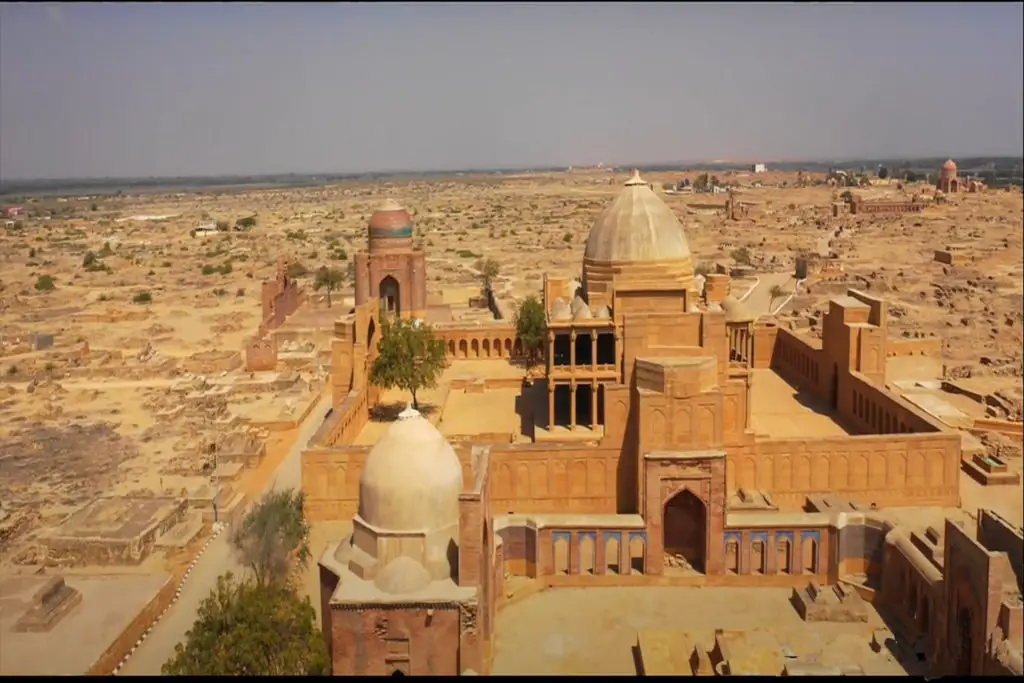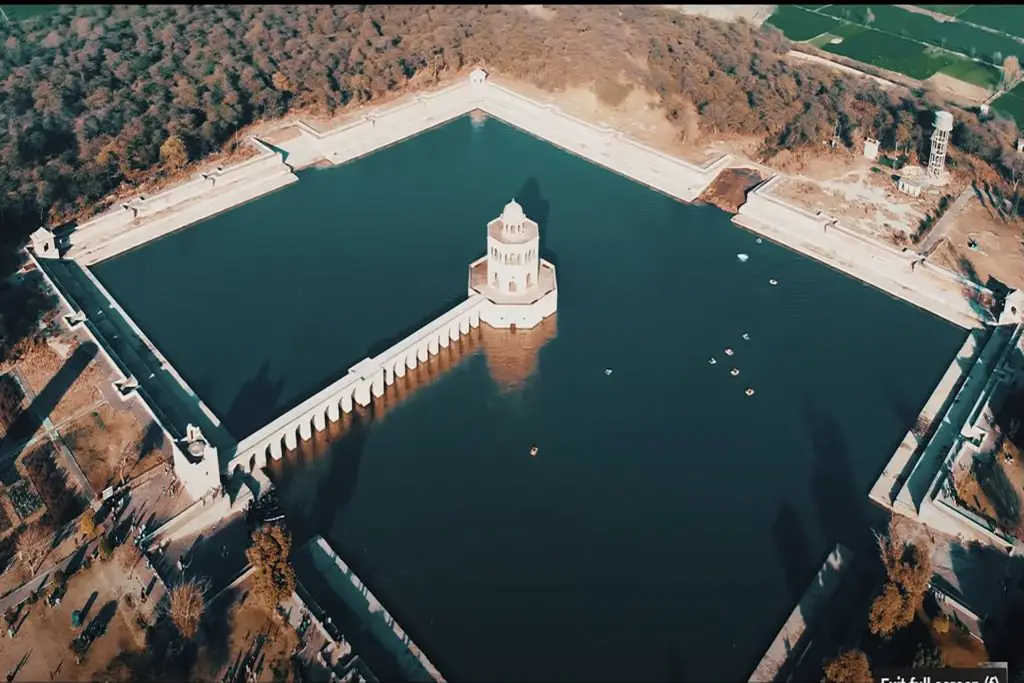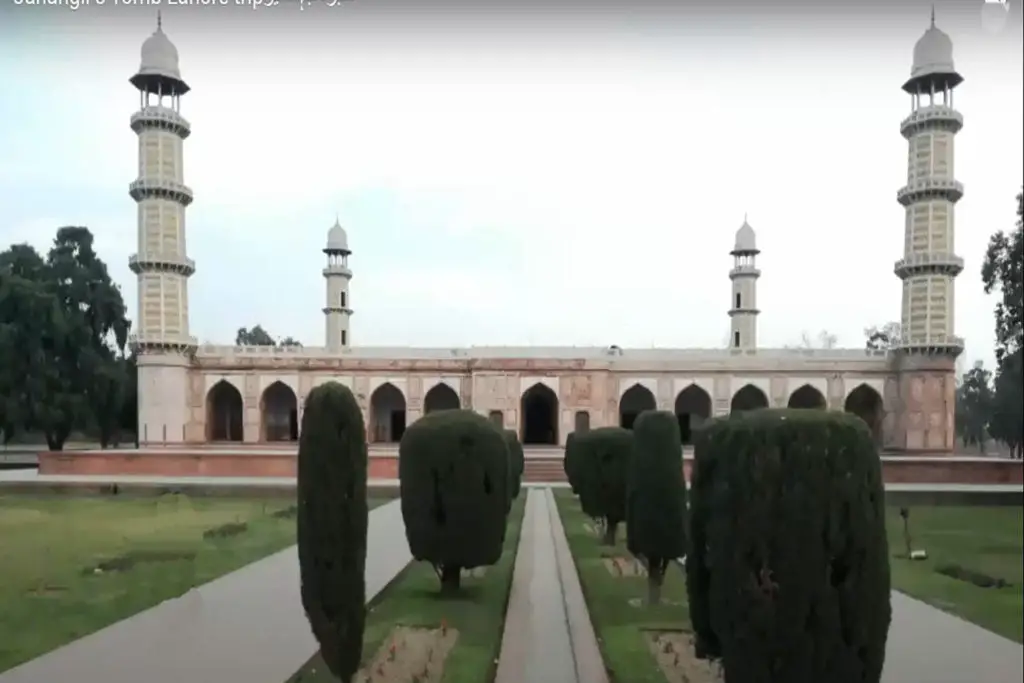The Makli Graveyard in Sindh is one of the largest burial sites in the world, covering an area of 10 kilometers near the city of Thatta in Pakistan’s Sindh province. The site contains approximately 500,000 to 1 million tombs built over a period of 400 years.
Makli Necropolis is home to numerous grand funerary structures that are associated with the royal family, several revered Sufi saints, and notable scholars. Recognized for its historical significance, the site was added to the UNESCO World Heritage List in 1981, commemorating its exceptional representation of the Sindhi civilization during the period spanning from the 14th to the 18th centuries.
Makli Graveyard Thatta Sindh Location
Situated in the town of Makli, the Makli Necropolis is positioned on a plateau roughly 6 kilometers away from Thatta, which served as the capital of lower Sindh until the 17th century. It is located at a distance of approximately 98 kilometers to the east of Karachi, in close proximity to the head of the Indus River Delta within southeastern Sindh. The southernmost boundary of the site is approximately 5 miles north of the remnants of the medieval Kallankot fort.
Etymology
The site and the adjacent hills are believed to have acquired their name from a captivating legend. According to the story, a Hajj pilgrim once halted at this location and, overwhelmed by a profound spiritual experience, exclaimed that the site resembled Mecca. In response to this account, Sufi saint Sheikh Hamad Jamali chose to name the place “Makli,” signifying “little Mecca,” inspired by the pilgrim’s narrative.
History of Makli Graveyard Sindh
Shaikh Jamali, a revered Sufi saint, poet, and scholar, established a Khanqah, a place for Sufi gatherings, in Makli and, subsequently, found his final resting place there. The Sammy ruler of the 14th century, Jam Tamachi, held the saint in great reverence and expressed a desire to be buried near him, marking the initiation of the tradition of using Makli as a burial site.
The prominence of the site as a major burial ground grew during the rule of the Samma dynasty, which established its capital near Thatta.
The most architecturally significant tombs found at this site predominantly belong to the Mughal era, constructed between 1570 and 1640 AD.
Layout & Plan of Makli Graveyard Thatta
The Makli Graveyard Sindh covers 10 square kilometers and contains at least 500,000 tombs. It stretches from Pir Patho at the southern end of the Makli Hills, northwards in a roughly diamond shape. Its eastern edge forms the Makli Hills ridge. The largest monuments are generally located on the southern edge of the site, although the tombs of Samma are located in the north.
Architectural development of Makli Graveyard
The grand funerary architecture of the largest monuments found at Makli Necropolis is a remarkable synthesis of various cultural influences, including Muslim, Hindu, Persian, Mughal, and Gujarati elements, all combined into what is known as the Chaukhandi style, named after the Chaukhandi tombs near Karachi. This Chaukhandi style is characterized by the use of meticulously carved sandstone slabs, bearing intricate and elaborate designs.
The earliest tombs were constructed using three to six stone slabs stacked atop one another, forming a small pyramid. Over time, funerary architecture evolved, incorporating small plinths. Starting from the 15th century, we see the inclusion of ornate rosettes, circular patterns, and the introduction of Arabic calligraphy featuring biographical details about the deceased. Larger monuments from later periods included corridors and designs influenced by cosmology.
The 16th-century pyramid structures are particularly distinctive, featuring minarets crowned with floral motifs, a style unique to tombs from the Turkish Trakhan dynasty. In the 17th-century section of the Leilo Sheikh cemetery, one can observe large tombs that, from a distance, resemble Jain temples, influenced by the nearby Gujarat region.
Notably, some of the larger tombs display carvings of animals, warriors, and weaponry, which is somewhat unconventional for Muslim funerary monuments. In later periods, some tombs were constructed entirely of brick, with only a sandstone slab.
The most iconic structures, representing the quintessential Chaukhandi style, feature domed canopies made of yellow sandstone, plastered in white, and adorned with wooden doors. This architectural style reflects Central Asian and Persian influences. The size of the dome was indicative of the status of the person interred within, and the undersides of these domes were adorned with intricately carved floral patterns. Lotus flowers, a symbol often associated with Hinduism, are sometimes found on the undersides of these canopies.
Certain tombs also showcase extensive use of blue tiles, a characteristic of Sindh. The influence of funerary pavilions at Makli eventually extended beyond lower Sindh and left an impact on funerary architecture in the neighboring Gujarat region.
Royal Mausoleum in Makli Graveyard Sindh
The imposing royal mausoleums are divided into two main clusters: those of the Samma period form their own cluster, while those of the Tarkhan, Arghun, and Mughals are grouped together.
Samma Cluster in Makli Graveyard
The tombs dating from the Samma dynasty are grouped in a 5-acre section at the northern end of the necropolis. The Samma were Rajput princes who seized control of Thatta in 1335. The Sammy tombs are heavily influenced by Gujarati styles and contain Muslim and Hindu decorative elements.
Completed in 1510, the tomb of King Jam Nizamuddin II is an imposing square structure measuring 11.4 meters on each side. It was built of sandstone and decorated with floral and geometric medallions. The cuboid shape of the tomb may have been inspired by the Ka’aba in Mecca.
Its dome was never built, leaving the interior exposed to the elements. The memorial features a large and intricately carved Gujarati-style Jharoka, or balcony, and a small pinnacle atop it, giving the tomb a temple-like appearance. The exterior features 14 bands of decorative motifs that include both Quranic verses and Hindu symbols, although in keeping with Islamic tradition, all decoration takes the form of geometric patterns, with the sole exception of a frieze depicting local ducks.
The tomb of Jam Nizamuddin’s adopted son, Darya Khan, commemorates the fort of Rajasthan and was built after his death in 1521. Darya Khan was born a slave but rose to prominence as a general after defeating the Arghun army in battle. He was given the title “Hero of Sindh” and eventually became Madrul Muham, or Prime Minister.
Arghun, Trakhan, and Mughal Groupings
The tomb of Isa Khan Tarkhan I, who reigned from 1554 to 1565, marks a departure from the funerary architecture of the Samma dynasty. This tomb features a distinct style of cenotaphs and has a rectangular shape with its inner walls entirely adorned with Quranic verses. Additionally, the tomb includes dedicated space for the burial of five of his royal consorts.
Isa Khan Hussain II Tarkhan’s Mausoleum, who passed away in 1651, is a two-story stone structure embellished with domes and balconies. Legend has it that Isa Khan ordered the construction of this tomb during his lifetime. Upon its completion, Isa Khan purportedly commanded the craftsmen to have their hands severed to prevent them from replicating a monument equal to his own.
The tomb of Jan Beg Tarkhan, who passed away in 1600, takes the form of an octagonal brick structure. Its dome is adorned with glazed blue and turquoise tiles. Another characteristic feature of Indo-Islamic architecture seen at Makli Necropolis is the presence of pavilion or canopy tombs, also known as “Chattri Maqbara” or “Umbrella tombs.” Enclosed tombs are also common.
The Mughal era is represented by numerous tombs on the southern side of the necropolis, including the Mausoleum of Mirza Jani and Mirza Ghazi Baig, the Mausoleum of Nawab Shurfa Khan, the enclosure of Mirza Baqi Baig Uzbek and Mirza Jan Baba, and the impressively restored tomb of Nawab Isa Khan Tarkhan the Younger.
Protection & Conservation of Makli Graveyard
The Makli graveyard in Sindh, Pakistan was designated as a UNESCO World Heritage Site in 1981. The structural integrity of the site has been affected by silting, encroachment, poor site management, vandalism and solid waste. The 2010 floods in Pakistan made the situation worse.







